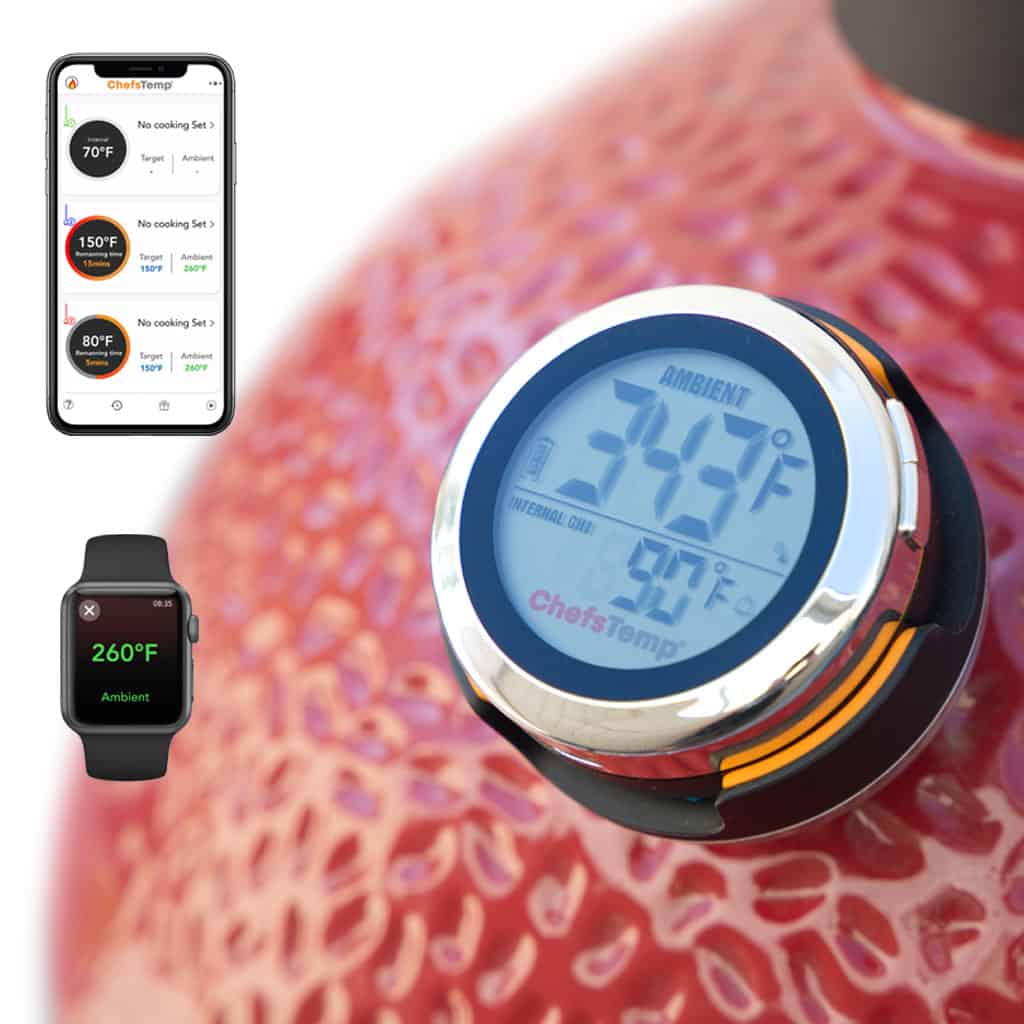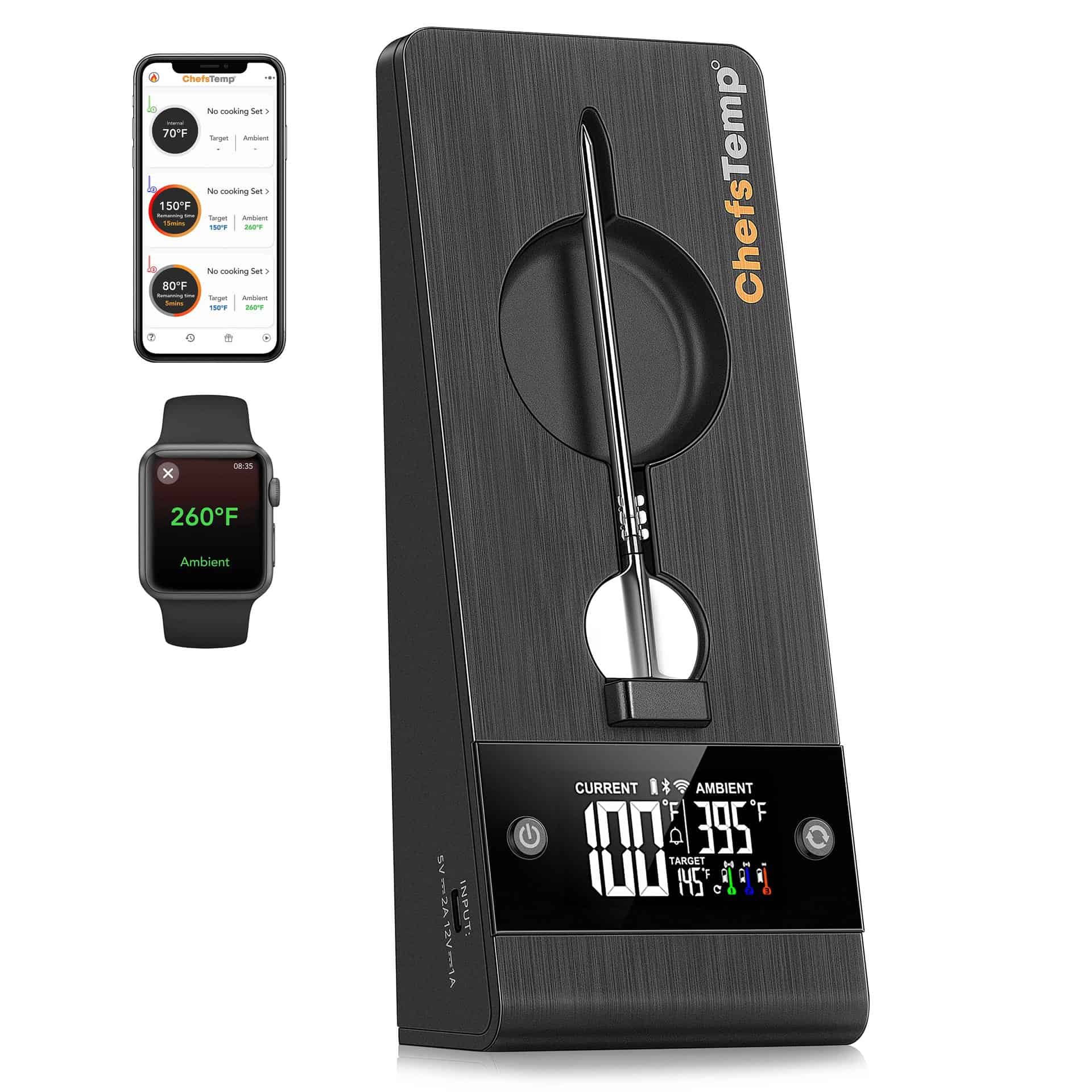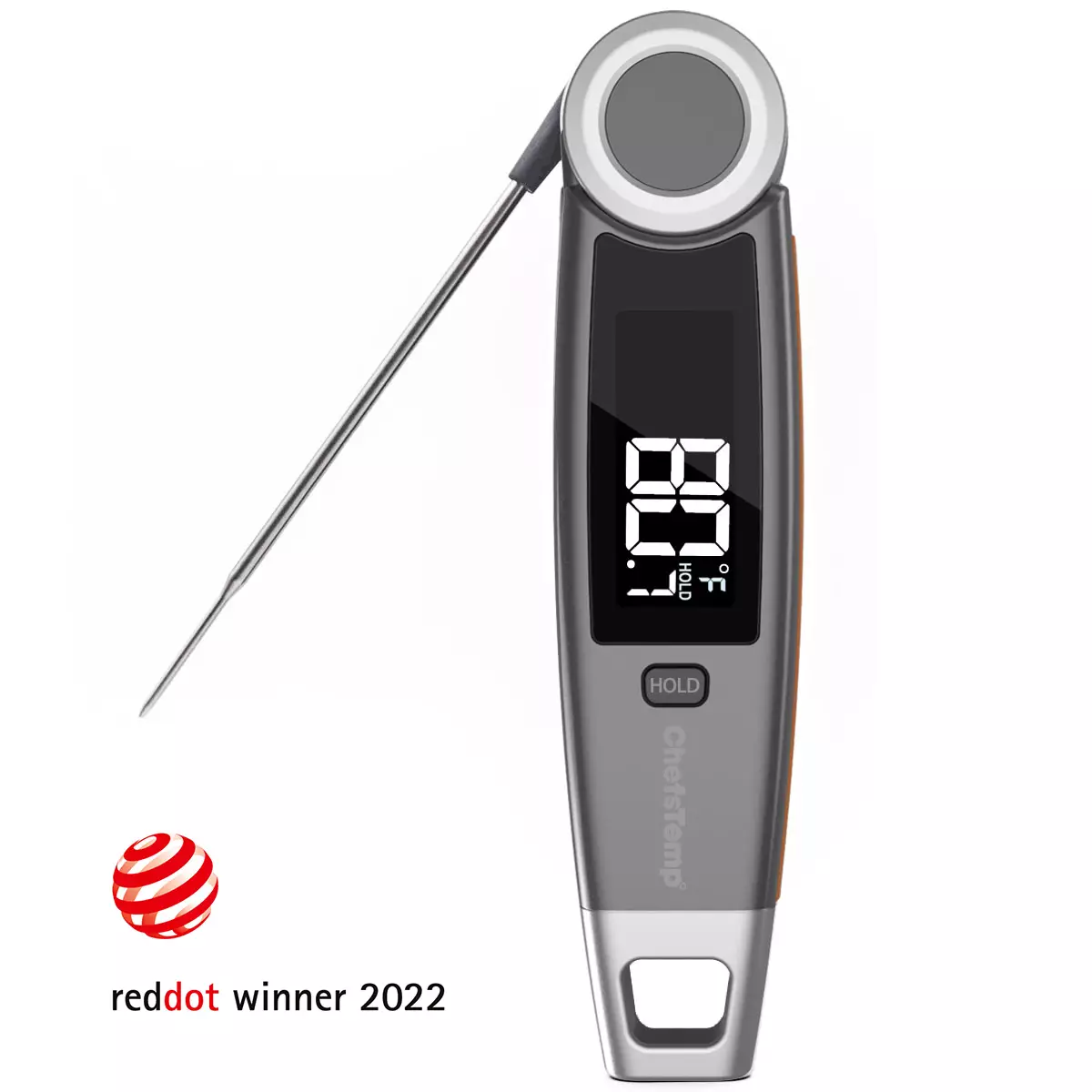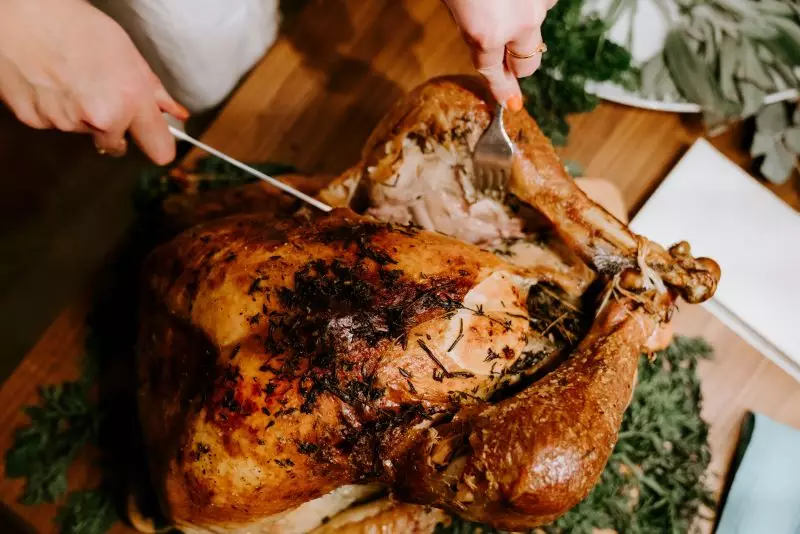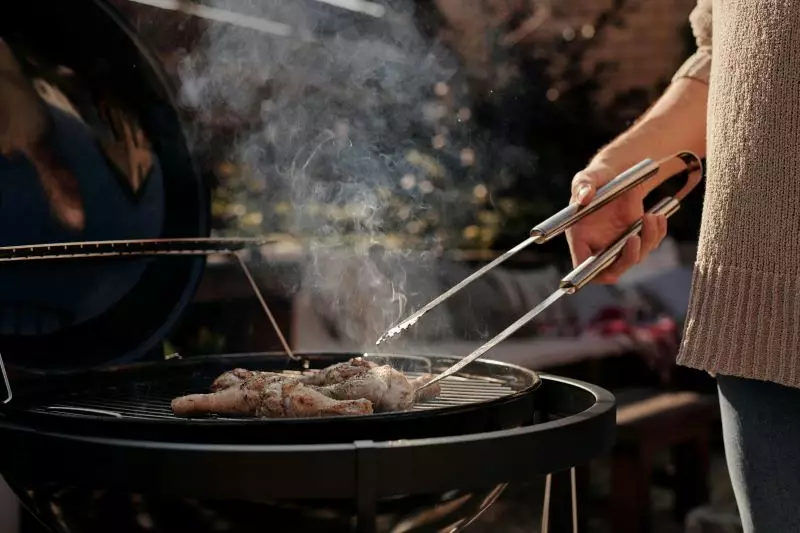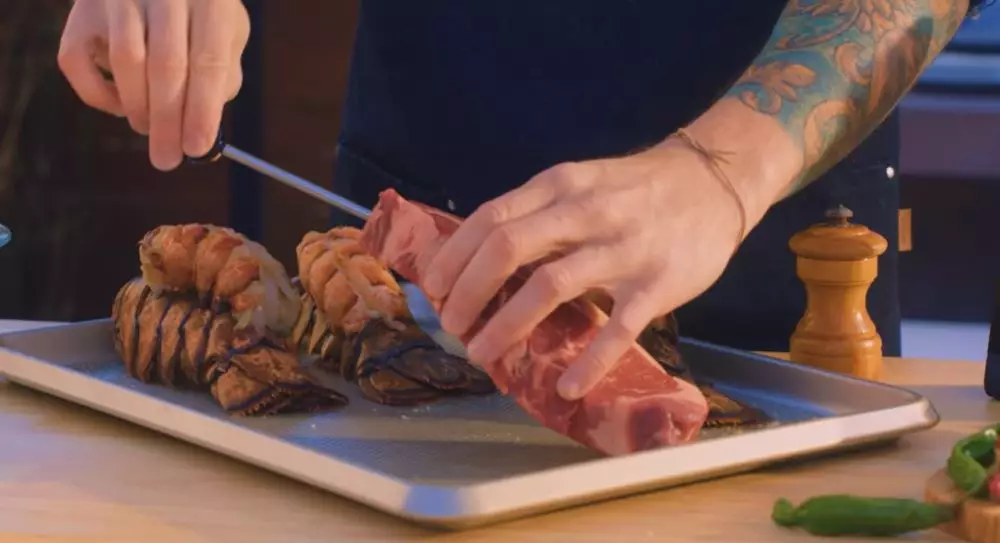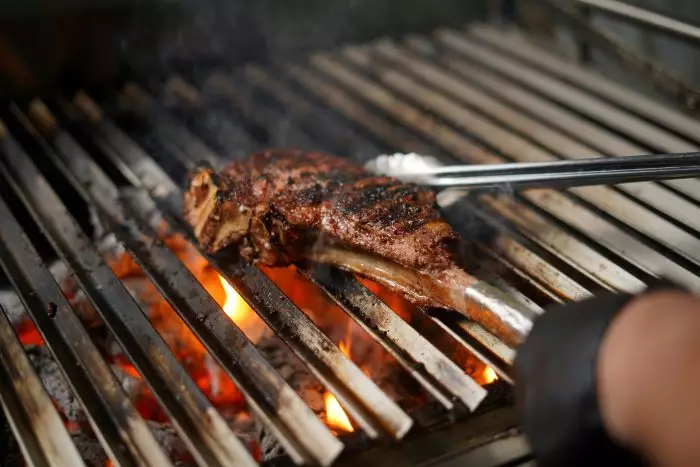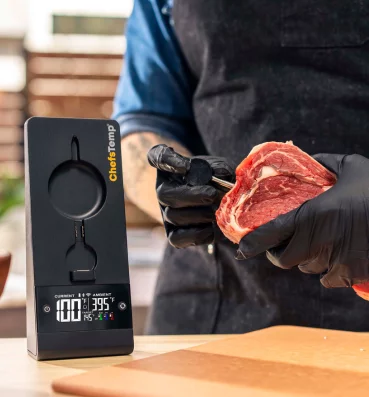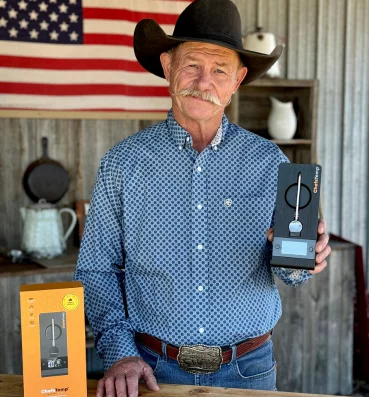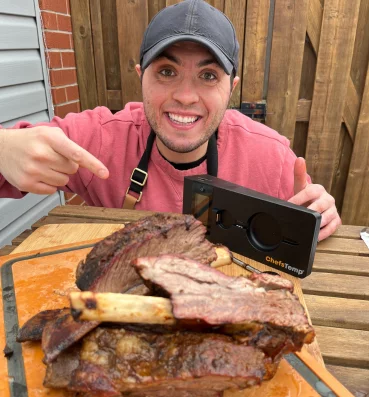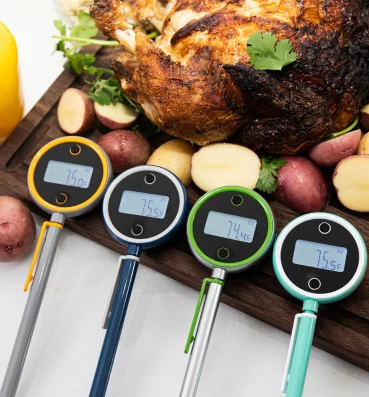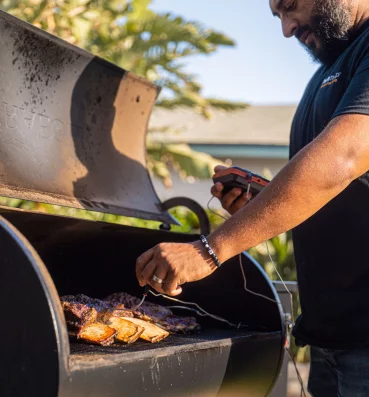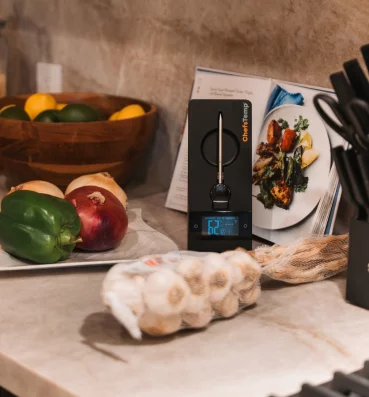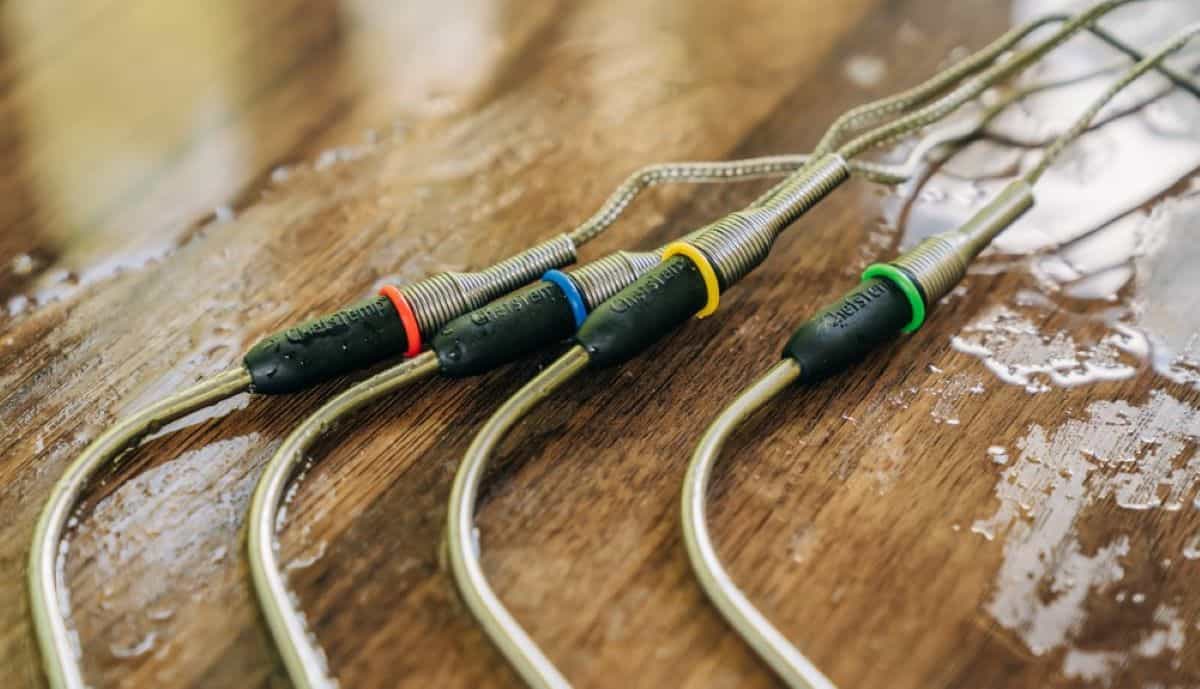
Grill and Smoke Like a Pro: Tips for Using a Meat Thermometer
Picture this: you are hosting a barbecue party for family and friends. You have a can of beer in one hand and tongs in the other, and the kids are playing around with your dog; everyone is laughing and having a good time. And then you noticed a burning smell. So you open the grill, and voila! You have overcooked your meat. Disaster, right? Whether you are an avid home cook, a grill master, or you have experience working in a professional kitchen, you always risk overcooking the meat on the barbecue if do not use a meat thermometer. The same goes for smoking meats.
Grilling and smoking may be on the opposite ends of the temperature spectrum of outdoor cooking. The former is hot and fast, as you place meat near high heat. Smoking, however, is low and slow cooking that can take multiple hours. While different, both require you to reach the correct internal temperature. That’s when a meat thermometer comes in handy. But how do you find a good meat thermometer? More importantly, how do you use it when grilling and smoking?
Table of Contents
Invest in a high-quality meat thermometer
As with most things, not all meat thermometers are equal. Thus, you get what you pay for in meat thermometers.
Kitchen thermometers are exposed to high heat; thus, it is always a good idea to invest in high-quality ones that can provide accurate readings to ensure your meat is cooked as intended.
You can find three basic kitchen thermometers on the market: the dial type, digital instant-read, and thermocouples.
Dial thermometers
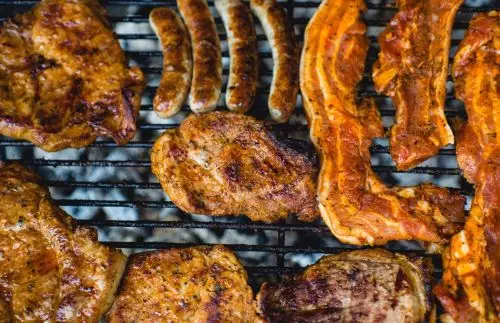
Also known as analog thermometers, dial thermometers are the old-school type. They come equipped with a thick stem, and you must insert the tip up to two inches deep into the meat for the sensor to get a good temperature reading. As a result, they are slow (it can take a minute or two to read internal temperature) and as a result can be less accurate.
Digital instant-read thermometers
Digital instant-read thermometers, on the other hand, use a digital display rather than analog. They also have slender stems and each comes equipped with a temperature sensor of about a half-inch past the tip of the probe. As its name suggests, this thermometer provides faster temperature readings and is slightly more accurate.
Thermocouple thermometers
Thermocouple thermometers are the gold standard of meat thermometers; they can scan the internal temperature and are much more accurate than the first two mentioned above. The tip of the narrow stem houses the temperature sensor, reducing the damage done to the meat whenever you check for temperature. It also allows users to control their cooking, especially in grilling and smoking. Their temperature reading is almost instantaneous, and you can leave some thermometer models in during cooking, which is particularly helpful for baking (can be left inside the oven) and smoking.
Best way to use meat thermometers for grilling
Grilling is the application of direct and high heat; thus, the temperature check requires accuracy and speed. In addition, you want to avoid your food lingering over a high heat, which could overcook your meat or burn your hands. Thus, you want a thermometer with a legible temperature display, such as a larger LCD or digital display.
Moreover, you will need a thermometer with durable stainless-steel probes and thermocouple tech to provide accurate temperature readings in seconds.
Thermocouple thermometers are excellent for grilling, as they can provide two of the most critical factors: accuracy and speed. However, it is essential to remember that your goal is to pinpoint the thermal center of the meat (the part that is farthest from the edges of the meat).
Also, leaving the probe inserted into the meat while grilling is highly discouraged. Though some thermometers are designed to be used as “leave-in”, the intense heat from the grill and fire flare-ups can damage the cables and probes of your thermometers. Most cables and probes are rated up to 700°F (371°C), but flare-ups caused by grease can go up to 1000°F (538°C).
Best way to use meat thermometers for smoking
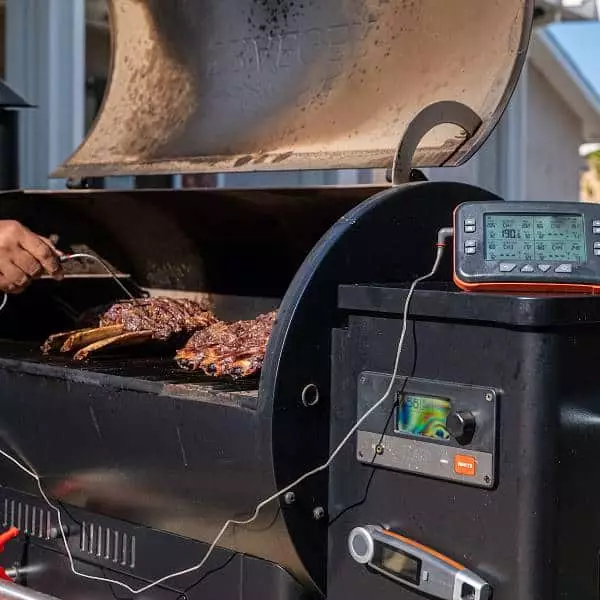
Unlike grilling, smoking takes time, usually multiple hours (some smoking sessions can take as much as 24 hours or longer). Therefore, you should set the heat lower to simmer the meat. In addition, smoking requires paying close attention to internal and ambient temperature and, more importantly, keeping the temperature consistent throughout the session. That’s why a leave-in thermometer is beneficial.
Some leave-in probe thermometers come with four probe slots that you can use to keep an eye on both the internal temperature and ambient temperature (3 probes for the different parts of the meat, one probe for the ambient temperature inside the smoker). Some models even come with high/low-temperature alarms to help you keep the temperature in your smoker consistent.
As with most types of cooking, it is always best to perform a final spot check with a probe thermometer. It will ensure the meat is evenly cooked and cooked at your desired internal temperature before taking it out of the smoker.
More tips for grilling and smoking
Know your target temperature
Whatever protein you wish to cook, and whatever way you want to cook it, make sure you know the target temperature of your meat. Different types of meat require different internal temperatures to be fully cooked and be safe for consumption. Most pork cuts, for example, must be cooked to 145°F internal temperature. On the other hand, chicken and most poultry meats should reach an internal temperature of 165°F.
Use the thermometer early and often
One common mistake people make when grilling, and smoking is waiting until they are almost done cooking before checking for the internal temperature. It often results in overcooked and undercooked meats. Avoid this disaster by checking the temperature early and often. For example, you can start halfway through the estimated cooking time and then at regular intervals afterwards. This way, you can adjust your cooking temperature and time and ensure you perfectly cook the meat.
Rest the meat
Another common mistake is poking the meat with the probe of the thermometer as soon as it’s taken off the grill. You need to let the juices of the meat redistribute throughout to ensure an accurate reading, especially for larger meat cuts (or a whole turkey). Let the meat rest for around 10 minutes before you make a final temperature check.
Clean and calibrate thermometers regularly
Avoid food contamination by cleaning your thermometers before and after use. You can wash most thermometers with warm soapy water. Be thorough yet careful when cleaning your meat thermometers, and avoid getting water inside your thermometer.
Place your meat thermometer in a bowl of ice or boiling water to calibrate it. It should reach 32°F (0°C) for the former and 212° (100°C) for the latter. Make sure to refer to the manufacturers’ instructions to calibrate further. If your thermometer does not give you accurate temperature readings, you may need to replace it.
Discover Other ChefsTemp Products
Discover more recipes and learn kitchen tricks by joining our cooking family on Facebook.
You may also like:
